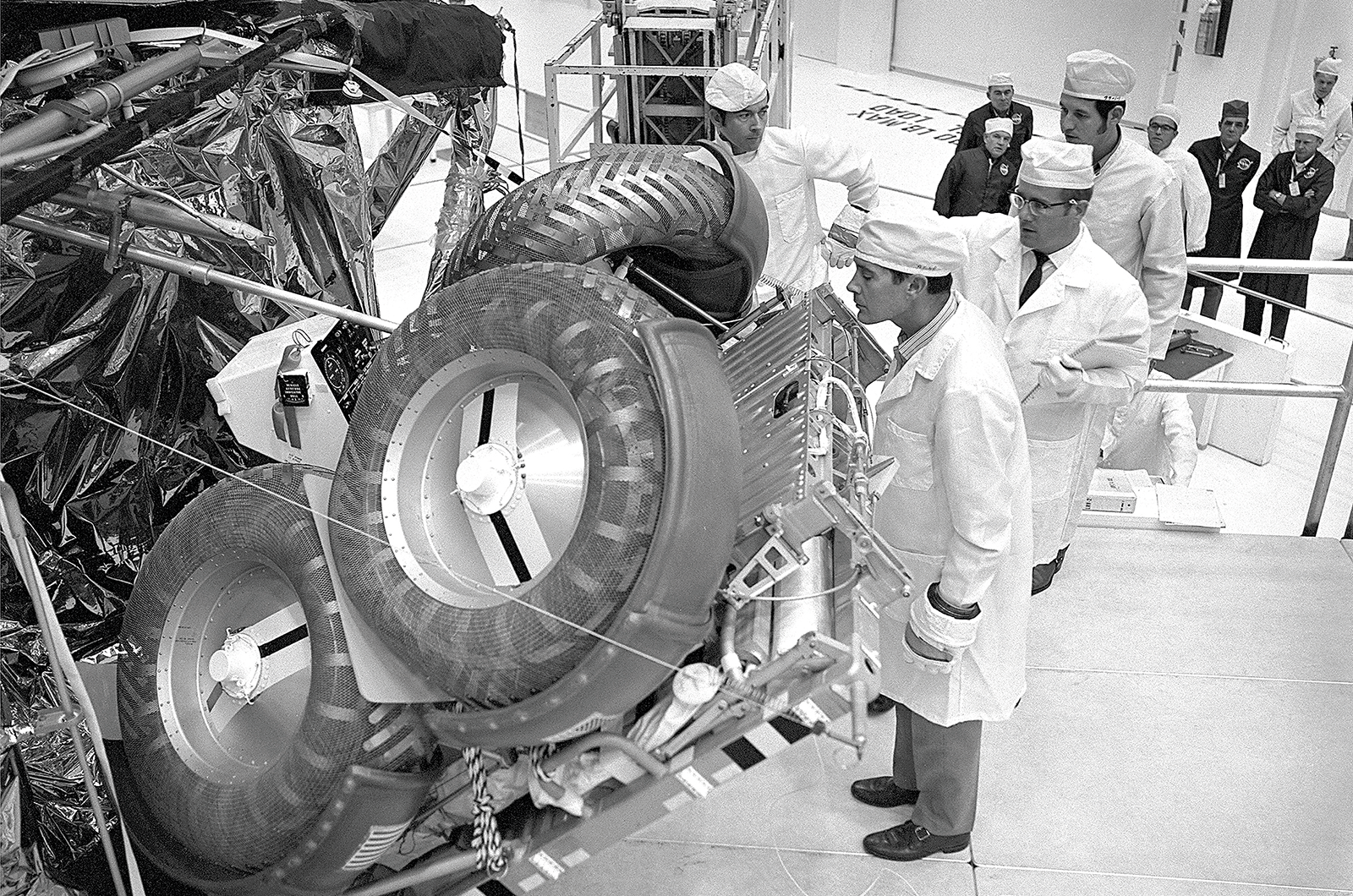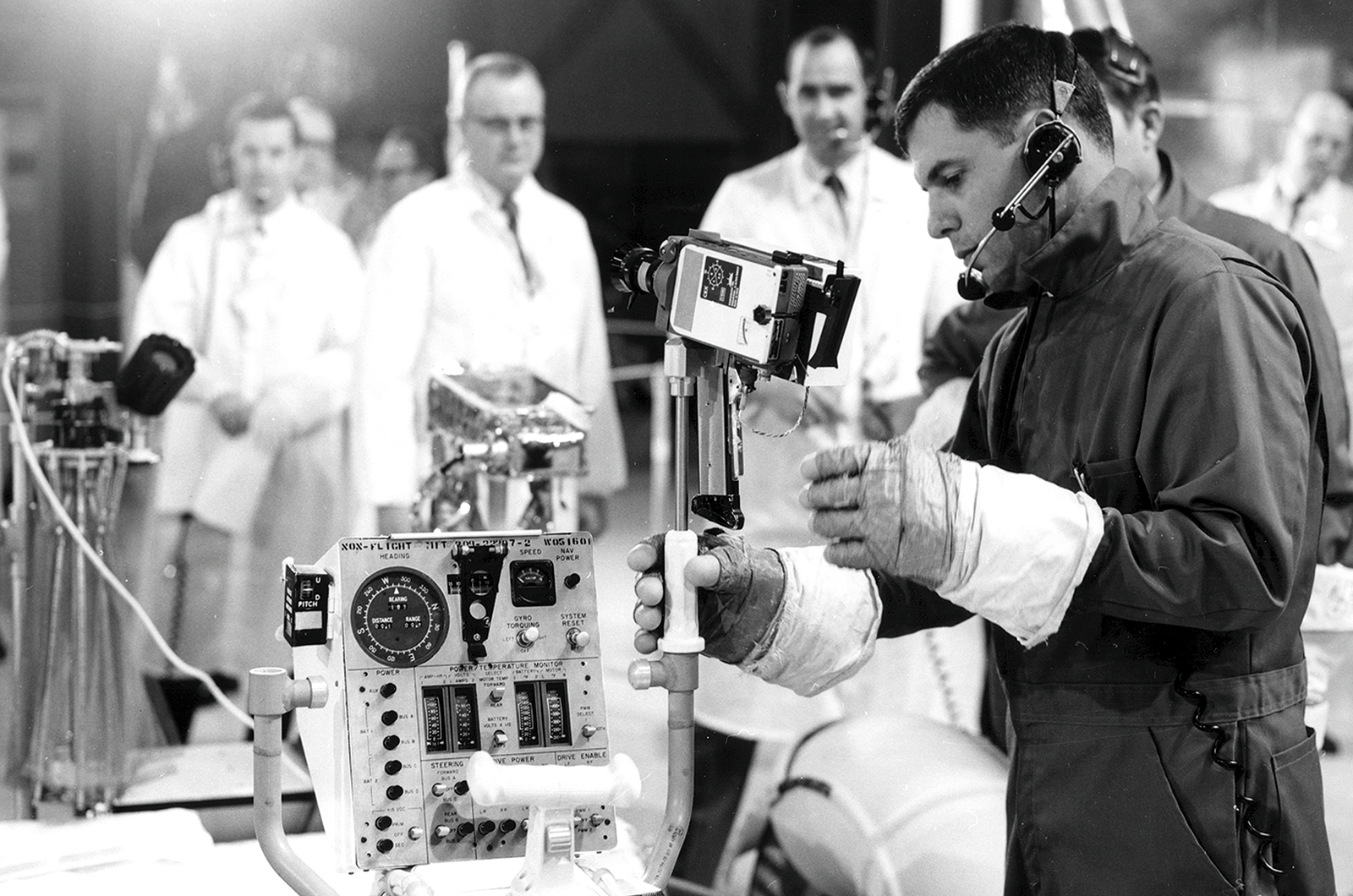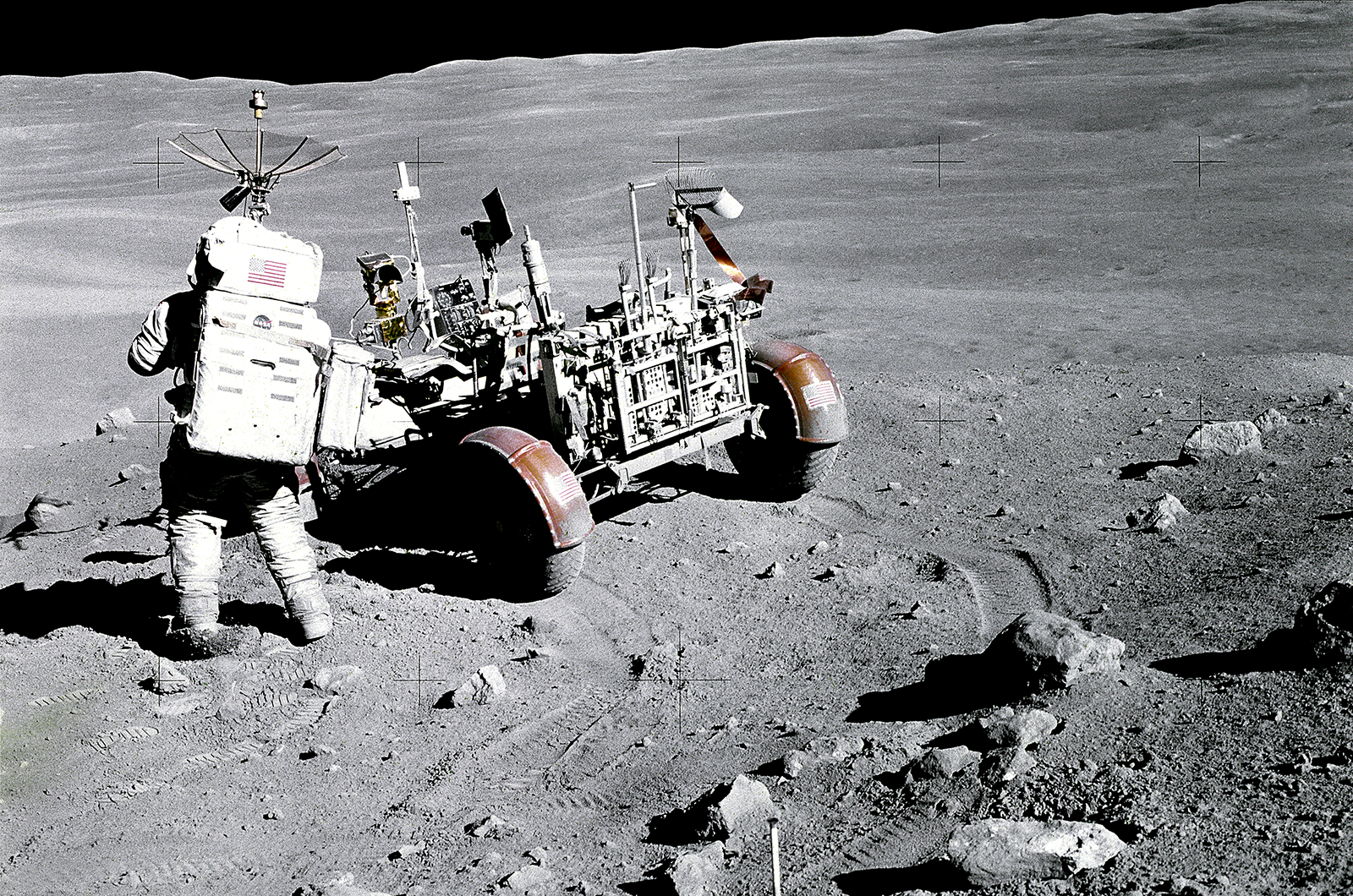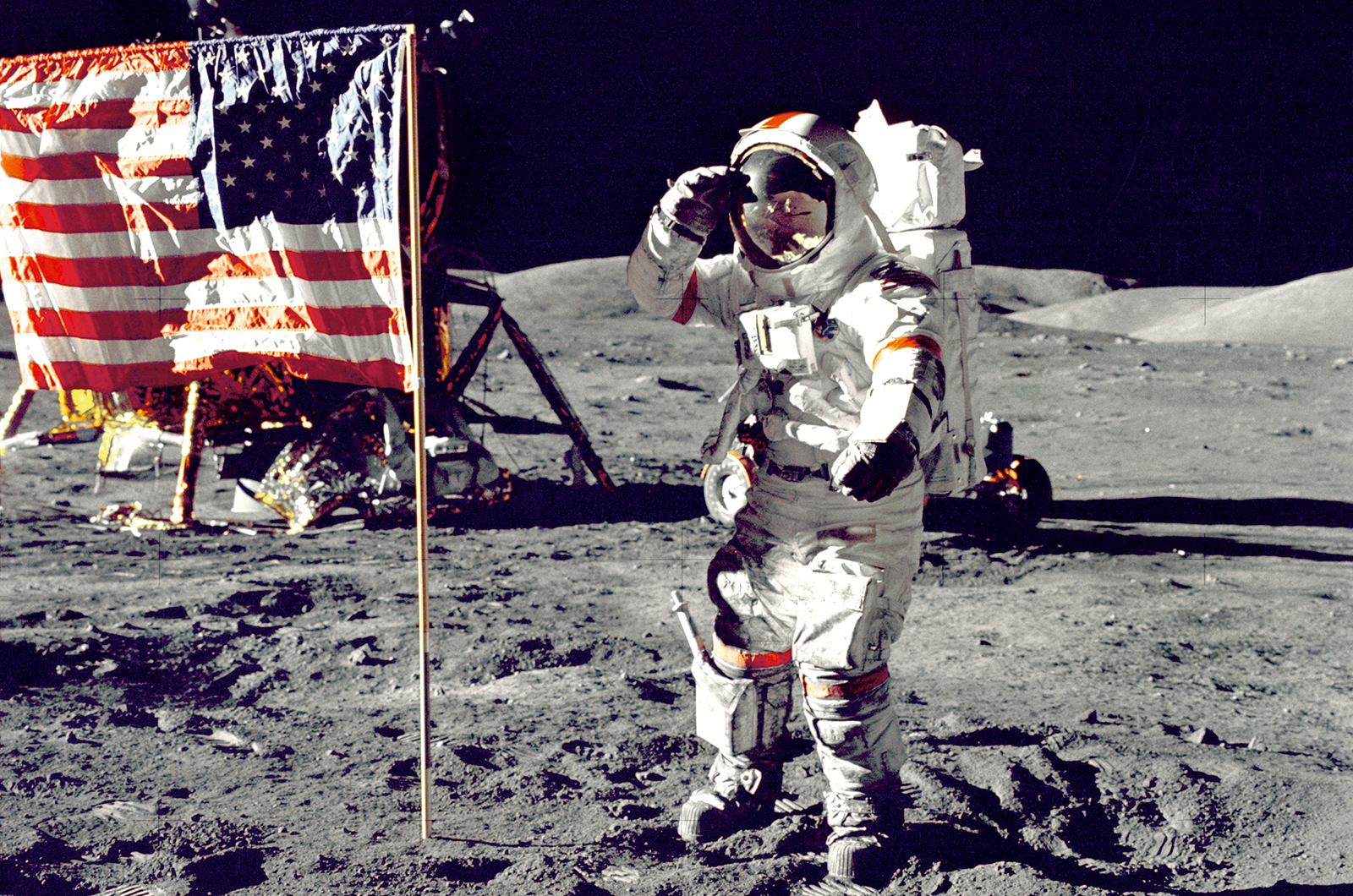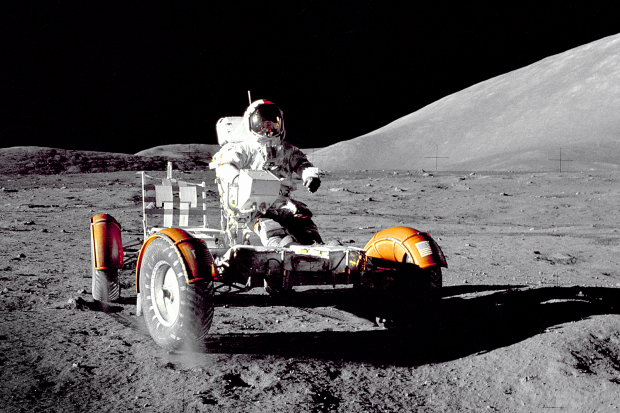
You can just imagine the advert: ‘For sale: two-seater all-terrain vehicle, one careful owner, only 22 miles, cost $10m new. POA: buyer collects…’
And therein lies the snag. If you fancy the ultimate off-roader, and can’t persuade NASA to part with the Lunar Rover in its museum, then you’ll have to travel to the moon to grab one of the three that were left behind when the astronauts returned home.
Much has been written about the 1960s, but perhaps the most resonant description came in Andrew Smith’s Moondust, a record of the Apollo programme. He describes it as ‘like a decade plucked from the 21st century and dragged by sheer force of presidential will into the 20th’.

It’s a bold claim, but it was certainly a heady time, fuelled by a potent mix of vaulting ambition and unbridled creativity, with 1969 the exhilarating climax. Concorde and the Boeing 747 took to the air for the first time, the launch of the Datsun 240Z fired a warning shot across the bows of the world’s car industry, the first two Led Zeppelin albums were released and Monty Python’s Flying Circus performed the ‘Dead Parrot’ sketch.

